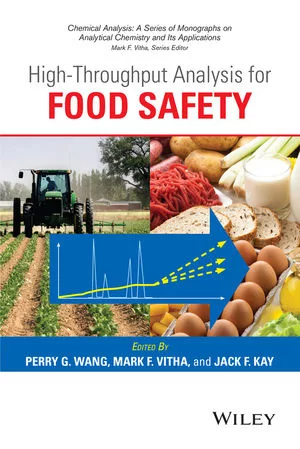State-Level Adoption of All Norovirus Provisions in FDA Food Code is Limited, Analysis Finds

Image credit: Freepik
A limited number of state jurisdictions have completely adopted the most recent norovirus food safety provisions outlined in the U.S. Food and Drug Administration’s (FDA’s) Food Code, according to a recently published analysis by U.S. Centers for Disease Control and Prevention (CDC) researchers.
The FDA Food Code, updated every four years, defines best food safety practices for foodservice establishments to prevent the transmission of foodborne illness. Adoption of specific Food Code provisions is left to the discretion of local public health jurisdictions. Full adoption of the latest version of the Food Code is encouraged to promote policies that are in line with the most up-to-date science, standardize food safety practices, and decrease the risk of foodborne illness.
The most recent version of the FDA Food Code was published in 2022, replacing the 2017 version. The four norovirus provisions relevant to CDC’s analysis did not change between the 2017 and 2022 versions of the food code. Those provisions are:
- Prohibition of barehand contact with ready-to-eat (RTE) food
- Exclusion of food employees with vomiting or diarrhea symptoms from the workplace (for more than 24 hours after symptom cessation)
- The person in charge of the workplace being a certified food protection manager (CFPM)
- Having a written response plan for vomiting or diarrheal events.
The CDC researchers conducted their assessment in March 2020, and therefore assessed state jurisdictions for their adoption of the four norovirus provisions of the 2017 Food Code (which remain the same in the 2022 Food Code). The food safety laws of 50 states and Washington D.C. were evaluated, and the adoption of the 2017 norovirus provisions were compared to the frequency of adoption of the norovirus provisions from the 2013 Food Code, which the researchers assessed in 2016. The researchers found:
- Prohibition of barehand contact with RTE food was adopted by 45 jurisdictions (88 percent), an increase from 39 jurisdictions (76 percent) in the previous analysis
- Exclusion of ill food employees was adopted by 40 jurisdictions (78 percent), an increase from 30 jurisdictions (59 percent) in the previous analysis
- CFPM requirement for the person in charge was adopted by five jurisdictions (10 percent); this requirement was new to the 2017 Food Code
- Written response plan requirement was adopted by nine jurisdictions (18 percent); this requirement was new to the 2017 Food Code.
Overall, as of March 2020, only three (6 percent) of the 51 jurisdictions assessed had adopted all four norovirus provisions from the 2017 Food Code. The majority of jurisdictions (31, accounting for 61 percent) adopted two of the four provisions, ten jurisdictions (20 percent) adopted one provision, five jurisdictions (10 percent) adopted three provisions, and two jurisdictions (4 percent) had not adopted any provisions.
The CDC researchers note that their analysis was limited to state-level food safety laws; local provisions may be more stringent.
Future analyses may consider examining time to uptake of FDA Food Code norovirus provisions and barriers to adoption.
The first author on the study, published in the Journal of Food Protection, is Anita K. Kambhampati, M.P.H. The authors are associated with CDC’s National Center for Immunization and Respiratory Diseases; National Center for Environmental Health; and National Center for State, Tribal, Local, and Territorial Public Health Infrastructure and Workforce’s Office of Public Health Law Services.
Looking for quick answers on food safety topics?
Try Ask FSM, our new smart AI search tool.
Ask FSM →









